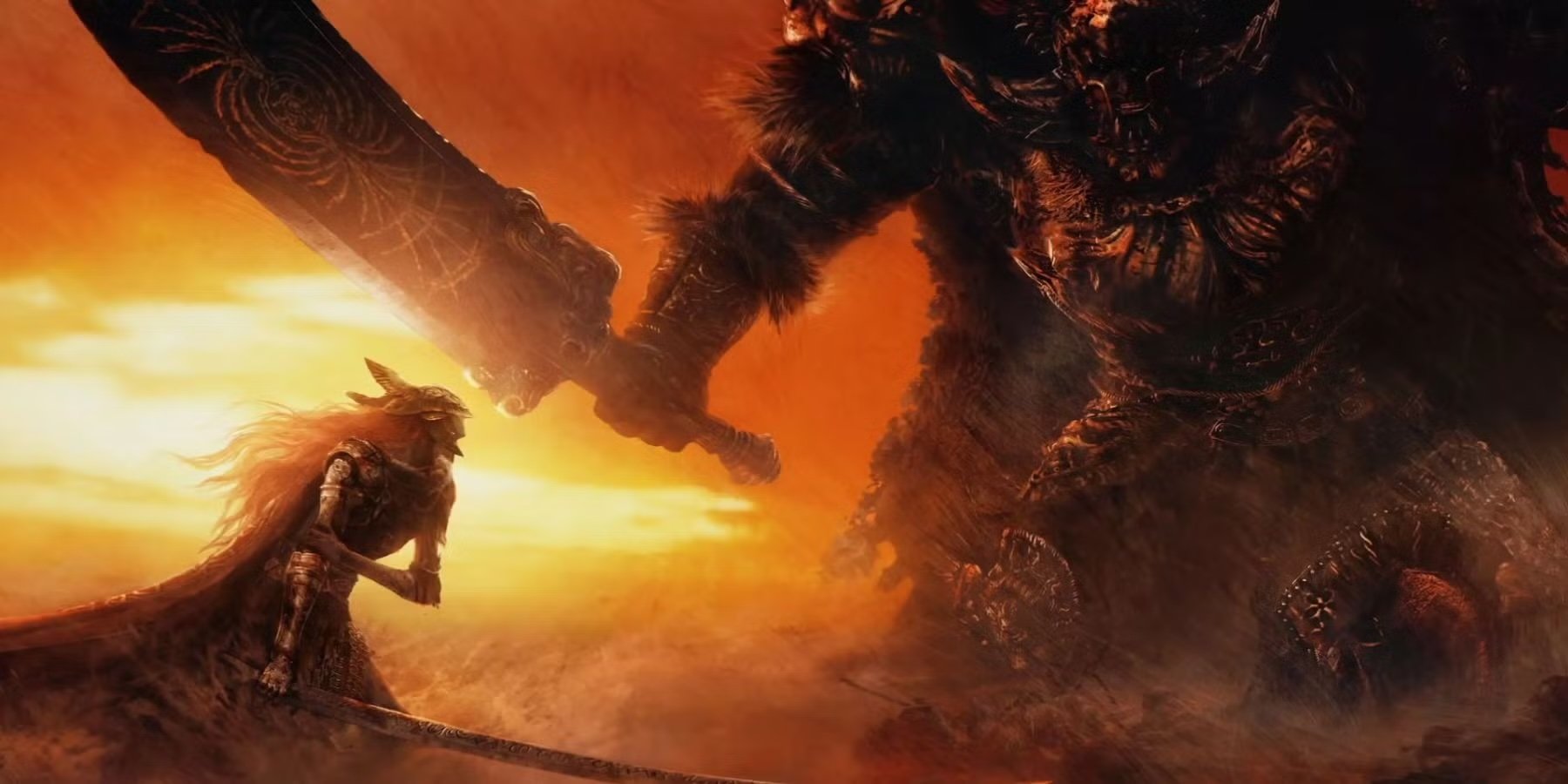ChinaJoy may have been experiencing some challenges to its relevancy in recent years, but the Shanghai-based event remains Asia’s biggest gaming expo and is therefore a major indicator of where the industry is headed. Judging from the big headlines to emerge from this weekend’s iteration — PS4 rage aside — the explosive growth of mobile gaming isn’t about to slow down any time soon.
It’s no secret that mobile gaming is a booming industry with even traditional AAA game studios trying to get in on the action, such as Assassin’s Creed Rebellion from Ubisoft. Leading the charge are Goliath Chinese developers and publishers such as Tencent, NetEase and FunPlus, topping grossing charts across the world, including the notoriously difficult US market. With swathes of game types and gameplay models to choose from, how do Chinese companies decide on what works, and what doesn’t? Below is an insider’s viewpoint on how Chinese developers are increasingly shaping the games that go in your pocket.
Related:
 Shanghai Indie Game Publisher Coconut Island Brings Chinese Culture to SteamSurprise Steam hit “Chinese Parents” — now available in English — hits a precise sweet spot: capturing middle-class anxieties with piercing wit and disarming humorArticle Jul 31, 2019
Shanghai Indie Game Publisher Coconut Island Brings Chinese Culture to SteamSurprise Steam hit “Chinese Parents” — now available in English — hits a precise sweet spot: capturing middle-class anxieties with piercing wit and disarming humorArticle Jul 31, 2019
To be placed on the key global gaming charts and hoover up huge wads of cash from spend-happy players, certain game types such as “casual” have historically been popular in the EU and US (e.g. casual games) in the hopes of following the success of Candy Crush. Chinese developers, on the other hand, have been going in the opposite direction, churning out SLGs, MMOARPGs, MOBAs and battle royales both to the local and international markets.
If you’re not so familiar with these game types, there’s an explanation of these acronyms below. If you understand these terms in relation to Chinese gaming, feel free to skip the next 4 paragraphs.
SLGs, MMOARPGs, MOBAs and Battle Royales
SLG – Originally meaning “simulation game”, in the Chinese context this is not as diverse as it may seem. These generally refer to strategy city builder games where you build up your city on tiles and have to wait sometimes hours in real time for them to be completed. You will then have an auto-resolve battle system for PvP (Player v Player) and PVE (Player v Environment) content. See Clash of Clans or Game of Thrones: Winter is Coming.
Related:
 We Played Tencent’s Shitty New “Game of Thrones” Game and Lost Brain CellsChina’s new, officially-licensed Game of Thrones mobile game is a soulless money-grab that offers little for fans of the seriesArticle Apr 08, 2019
We Played Tencent’s Shitty New “Game of Thrones” Game and Lost Brain CellsChina’s new, officially-licensed Game of Thrones mobile game is a soulless money-grab that offers little for fans of the seriesArticle Apr 08, 2019
MMOARPG – Possibly the longest video game acronym out there, this stands for “massive multiplayer online action role-playing game” (oof). These are multiplayer worlds where the player controls an avatar and runs around doing quests, with a major focus on action and combat. See Blade 2 or Legacy of Discord.
MOBA – “Multiplayer online battle arena” games are hugely popular right now, with League of Legends and Dota 2 becoming worldwide esports phenomena. Split into two teams, players must fight through the opposing team’s base and towers and destroy their “core” using a range of different avatars. See Arena of Valor and Brawl Stars.
Battle royale – Best known through Fortnite, the newcomer heavyweight in the gaming world is the battle royale format, multiplayer survival games that send players individually or in teams from aeroplanes down into an ever-shrinking map. It is a kill or be killed arena where players pick up weapons and upgrades to blast apart their foes to eventually be crowned champion. See PUBG or Knives Out.
How are Companies Choosing the Games We Play?
These game types have been flooding an increasingly saturated market and fast reskins to make a quick buck have permeated app stores around the world. To differentiate themselves, developers have turned to combining these game types with different art styles, Japanese anime being a frontrunner, especially for the Shanghai-based developer Mihayo.

One of Mihayo’s anime-style games
Contrary to popular belief, these game types and art styles are not chosen by a team of creatives standing around a whiteboard trying to brainstorm the next World of Warcraft. It is actually the tracking of detailed analytics of consumer behaviour and spending that is the biggest driver. App store analysis companies like App Annie and Sensor Tower charge developers and publishers extortionate amounts of money to provide a detailed breakdown of specific apps, competition analysis, and the overall industry. The monthly table for gross profit outside of China (i.e. which Chinese titles are making the most money abroad) is a big deal and your game making it into the top 10 gives you huge bragging rights.
Stats like stickiness, retention, ARPDAU and ARPPU are the real governors of what kinds of games get made. Stickiness measures player engagement, retention shows how long a player continues to play over time, ARPDAU is average revenue per daily active user, and ARPPU is average revenue per paying user. (And believe me, there’s plenty more jargon where that came from.) Why rely on your gut feeling when the numbers and metrics will do it for you?
Related:
 Digitally China Podcast: Hope and Despair in the World’s Largest Gaming MarketWhat does the future hold for China’s gaming industry amid ever-tightening rules and regulations?Article May 23, 2019
Digitally China Podcast: Hope and Despair in the World’s Largest Gaming MarketWhat does the future hold for China’s gaming industry amid ever-tightening rules and regulations?Article May 23, 2019
It actually turns out that SLGs, MMOARPGs, MOBAs, and battle royales command some of the highest numbers across such important metrics. Strategy games (often in the form of SLGs) and role-playing games of all kinds are top performers when it comes to both ARPPU and ARPDAU so it’s no wonder these, in particular, are churned out at an alarming rate with seemingly a new wave every month.
Skinning the Game: Why Are Mounts So Prevalent in China?
Studios and publishers in China will know how much each type of game is expected to make and will invest time, money, and staff in what seems like a fixed equation. The myriad of reskinned games out there are therefore carefully calculated. Even the monetization strategies within the game are expertly designed based on data. Think a skin for your favorite MMO game is too expensive? It’s not. There are economy designers out there who specialize in making sure the price is exactly right to gain the most profit possible.
Chinese developers and publishers also have the luxury of a strong home base of mobile consumers to rely on that prefer games with completion and competition as main driving factors. They are also are willing to pay huge amounts of money even in pay-to-win formats. This is a great financial springboard for Chinese companies to invest and expand into other areas and locales, often first into other parts of Asia where the culture is closer, then further West where a greater challenge lies.
Related:
 The 4 Pokemon Games You Haven’t Played YetHere’s a quick guide to the Chinese Pokémon options you almost certainly haven’t played — gotta catch ’em all?Article Jul 29, 2019
The 4 Pokemon Games You Haven’t Played YetHere’s a quick guide to the Chinese Pokémon options you almost certainly haven’t played — gotta catch ’em all?Article Jul 29, 2019
That being said, the global market split is also a shrinking challenge to publishers and developers who can get statistics for the likes and preferences of each country, meaning if they’re smart they can customize game types, marketing, and more for each location.
This trend of customizing your games and monetization based on player preference data is likely to continue and only get stronger. Unless there are any drastic changes in the data anytime soon, expect the flow of these games to continue and maybe even get stronger.

















